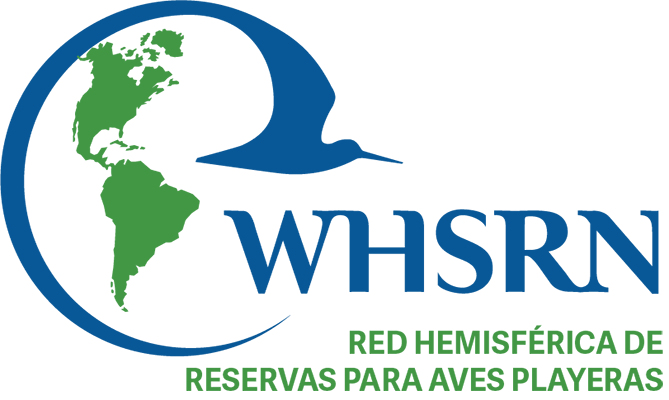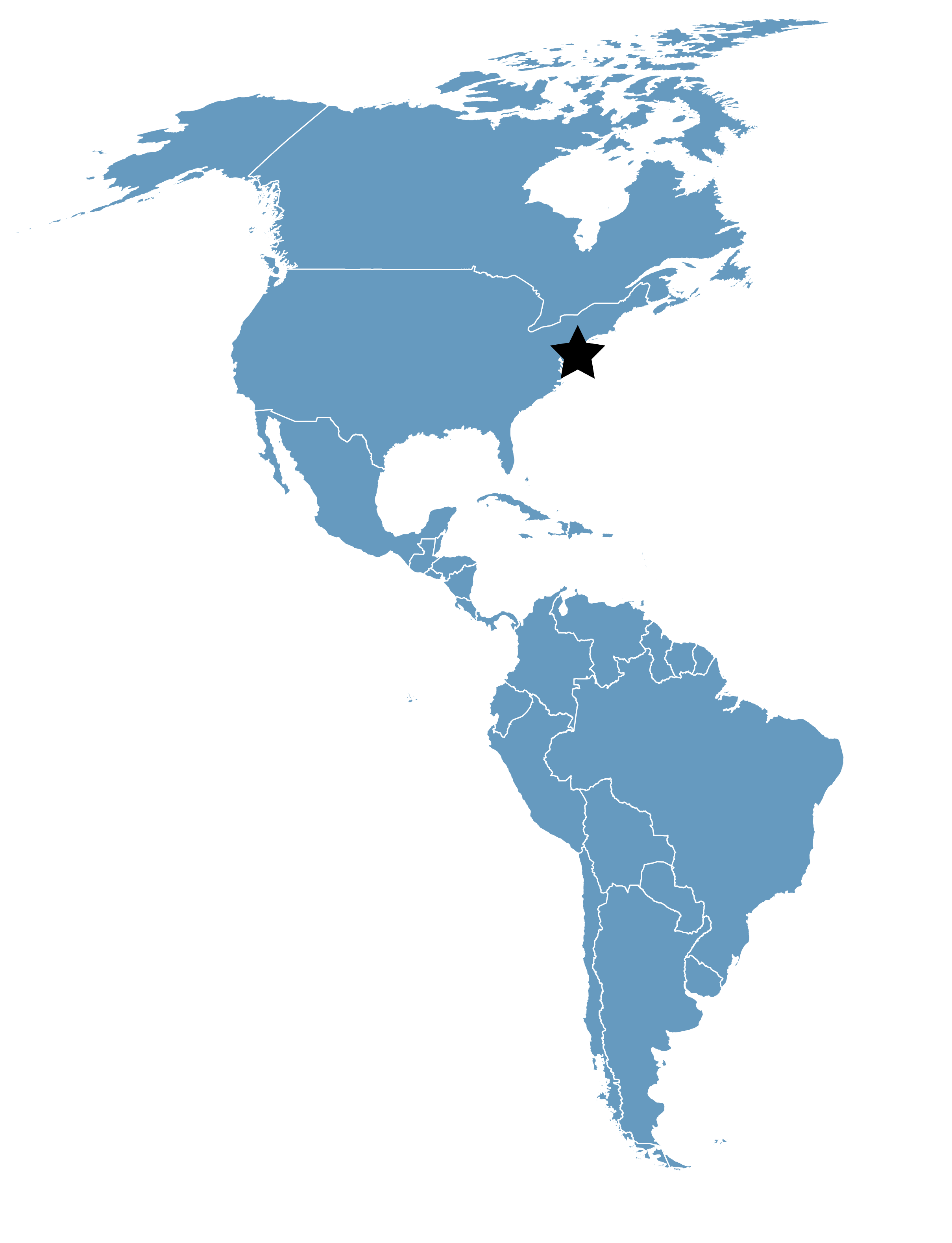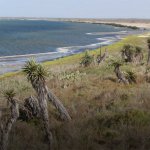Maryland-Virginia Barrier Islands
Location
Maryland and Virginia, United States
Category
International
Basis for Designation
More than 100,000 shorebirds annually.
Size
20,725 hectares (51,212 acres)
Date Designated
September 1990
Site Owner
The Nature Conservancy
U.S. Fish and Wildlife Service
Commonwealth of Virginia (Dept. of Wildlife Resources, Dept. of Conservation and Recreation)
National Park Service
National Aeronautics and Space Administration
Site Partners
Center for Conservation Biology at William and Mary
Virginia Tech Shorebird Program
Virginia Marine Resources Commission
Virginia Coastal Zone Management Program
Accomack Northampton Planning District Commission
Overview
The Maryland-Virginia Barrier Islands WHSRN site extends over 100 miles along the Atlantic Ocean side of the Delmarva Peninsula from Ocean City, Maryland to Fisherman Island National Wildlife Refuge at the mouth of the Chesapeake Bay. The region is characterized by remote barrier islands, vast expanses of salt marsh and shallow coastal bays and is widely known for its ecological and economic importance, prominence as a living laboratory for cutting edge coastal research, rich cultural history and nature-based recreational opportunities. Most of the barrier islands are undeveloped and in their natural state, making it an unmatched coastal wilderness that is critical for supporting and ensuring the resiliency of some of our most imperiled shorebird species along the Atlantic Flyway.
The significance of the barrier island chain specifically for shorebirds has been recognized through the WHSRN network for over 30 years. Portions of the landscape are also recognized as an Audubon Important Bird Area of Global status, a Biosphere Reserve by the United Nations Educational, Scientific and Cultural Organization, a U.S. Department of Interior National Natural Landmark and as a National Science Foundation Long Term Ecological Research Site. Over 85% of the Maryland and Virginia barrier island coastline is under ownership by The Nature Conservancy (Volgenau Virginia Coast Reserve), the U.S. Fish and Wildlife Service (Chincoteague and Fisherman Island National Wildlife Refuges), the National Park Service (Assateague Island National Seashore), the Commonwealth of Virginia (Wreck Island Natural Area Preserve and Mockhorn Island Wildlife Management Area) or the National Aeronautics and Space Administration (Wallops Island). A long-standing partnership between these federal, state and NGO entities guides and implements conservation strategies for the barrier islands, including shorebird conservation and management, at a meaningful scale.
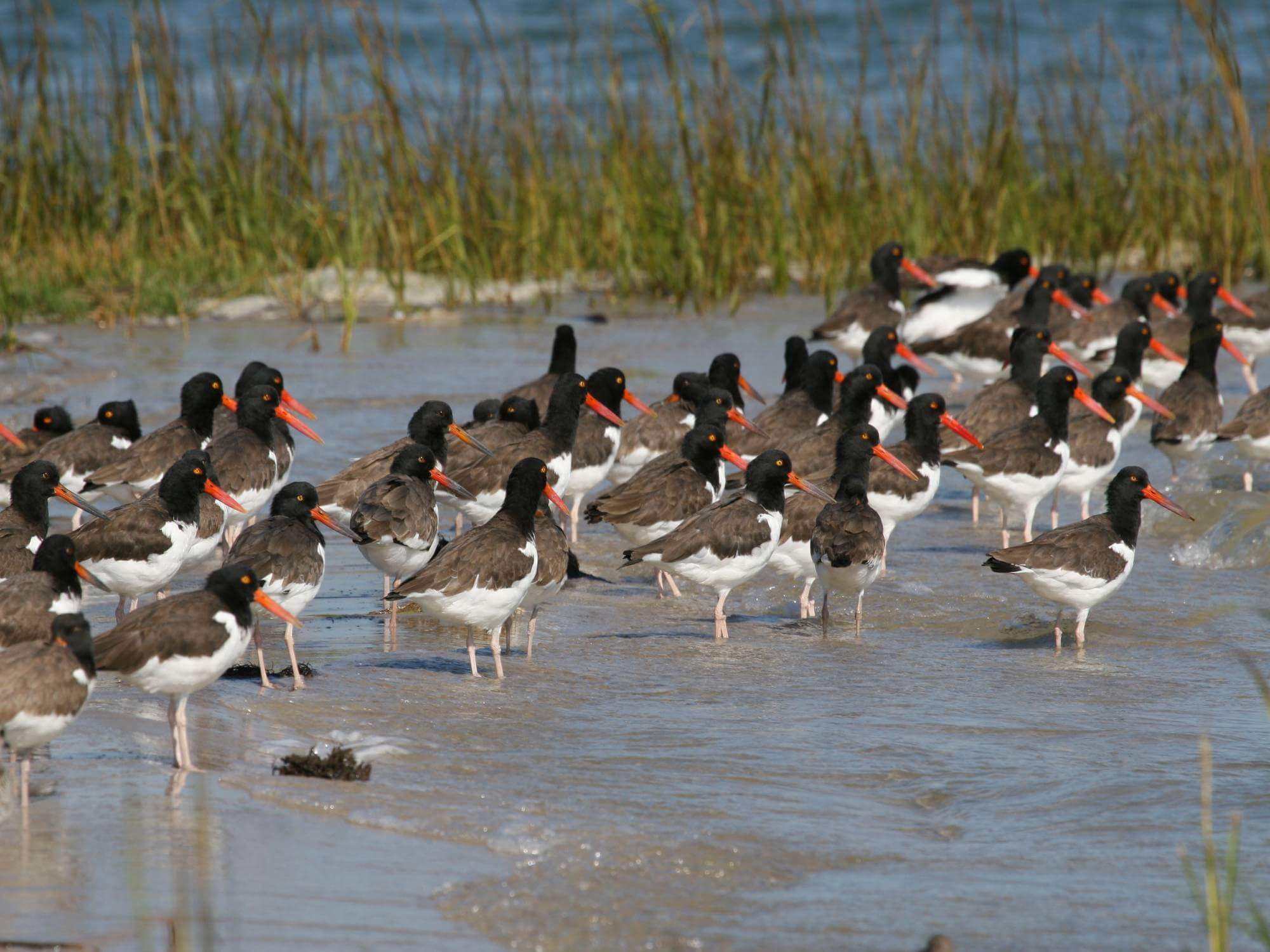
Flock of American Oystercatchers. Photo: Alex Wilke
Habitats within the Maryland-Virginia Barrier Islands WHSRN site support an incredible number and diversity of shorebirds throughout the annual cycle. Shorebird breeding habitat along the barrier island chain includes high-energy upper beach and overwash fans, dune grasslands, scrub/shrub, and topographical highs (wrack, shell rakes) in the fringing salt marshes and support species such as the American oystercatcher, piping plover, Wilson’s plover and willet. High-energy beaches and ocean facing peat banks host a great density of beach specific shorebirds during spring and fall migration including Red Knots (Calidris canutus), Sanderlings (Calidris alba), and Semipalmated Plovers (Charadrius semipalmatus). In the winter these same areas are home to tens of thousands of Dunlin (Calidris alpina). Intertidal mudflats and extensive Spartina alterniflora marshes also support significant populations of several shorebird species at different times of the year including Whimbrel (Numenius phaeopus), Marbled Godwits (Limosa fedoa), Black-bellied Plovers and Short-billed Dowitchers (Limnodromus griseus).
Effective protection and management of these species and the habitats they depend on for survival is critical for ensuring their resiliency into the future. Management priorities among partners within the Maryland-Virginia Barrier Islands WHSRN site include maintaining the integrity of the naturally functioning barrier island system, managing predator populations, and managing compatible visitor use. Partners also acknowledge that there are significant challenges ahead for shorebird conservation at the site. In particular, the threat of climate change and sea-level rise to this coastal system and the shorebirds that depend upon it are real. WHSRN site partners are committed to preparing and planning for a future where the necessary management and conservation tools are available to build the resiliency of these shorebird populations into the future.
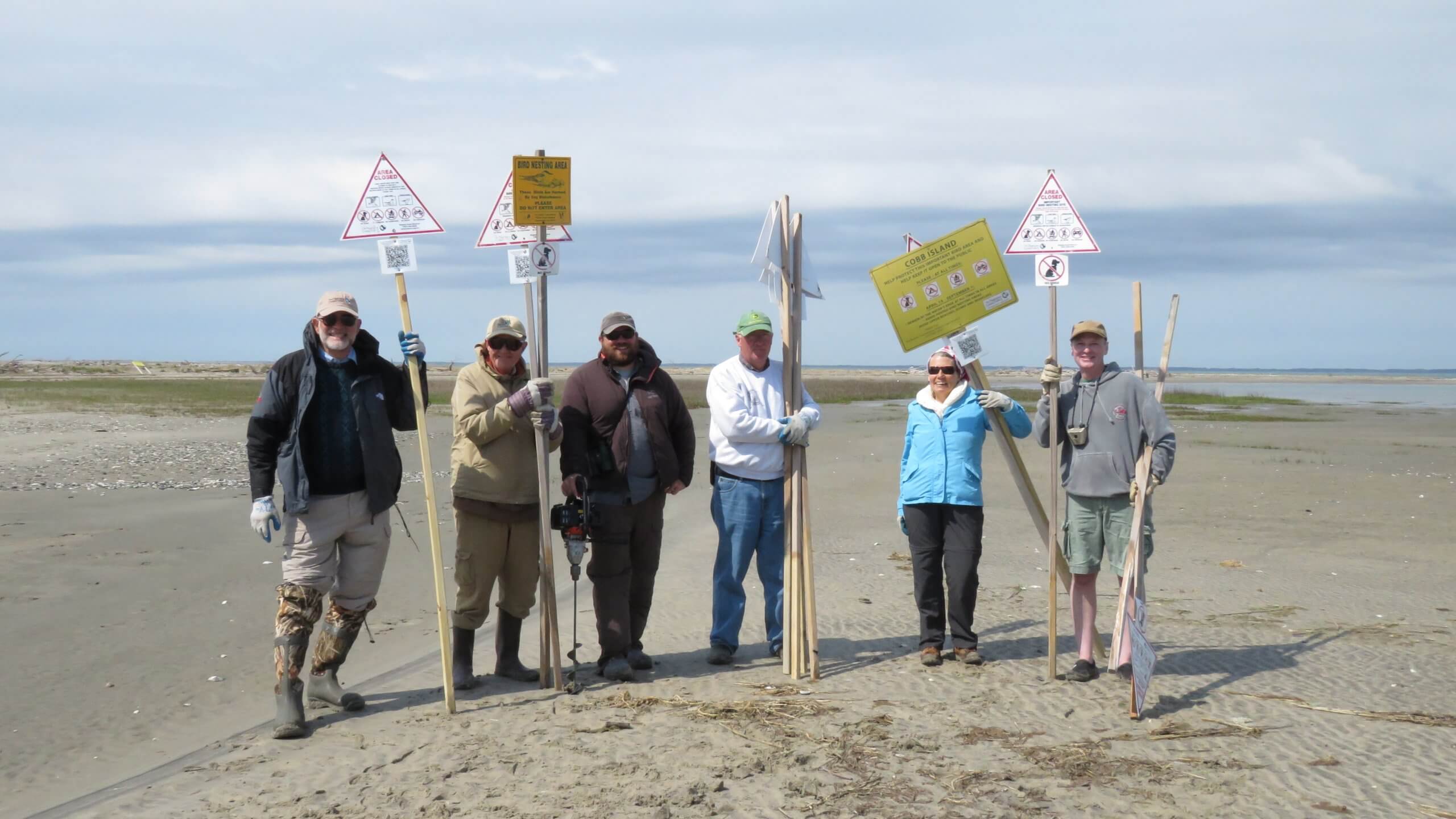
The Nature Conservancy volunteers installing beach nesting habitat signs to reduce disturbance of nesting birds. Photo: Alex Wilke
Shorebirds
The Maryland-Virginia Barrier Islands WHSRN site designation was originally based on the threshold of supporting over 100,000 shorebirds annually. A 1987 Wildlife Report prepared by the U.S. Fish and Wildlife Service quoted 120,348 shorebirds for a single count at Chincoteague National Wildlife Refuge alone, suggesting far greater numbers for the extended barrier island chain. Since the 1990 designation, partners have learned a tremendous amount about the role that the barrier island habitats play in supporting shorebird populations – information that has enforced and even surpassed thresholds for the site’s current designation. For example, the islands support:
-
12% of the federally threatened Atlantic Coast population of Piping Plovers (breeding)
-
18% of the Atlantic and Gulf Coast American Oystercatchers (breeding)
-
30% of the federally threatened Red Knot rufa subspecies
With consideration of the adjacent and extensive salt marsh system that extends west of the barrier island chain, the region supports significant numbers of other shorebird species as well including an estimated 40,000 Whimbrel (possibly 100% of the eastern population) and large numbers of Short-billed Dowitchers, Dunlin, Marbled Godwit and Black-bellied Plovers.


